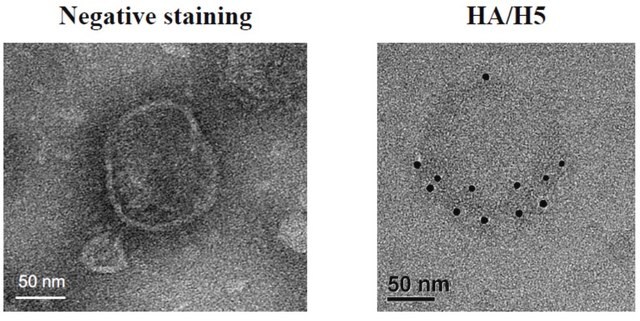MABE2020
Anti-XRCC1 Antibody, clone 33-2-5
Synonim(y):
DNA repair protein XRCC1;X-ray repair cross-complementing protein 1
About This Item
Polecane produkty
pochodzenie biologiczne
mouse
Poziom jakości
forma przeciwciała
purified antibody
rodzaj przeciwciała
primary antibodies
klon
33-2-5, monoclonal
masa cząsteczkowa
calculated mol wt 69.5 kDa
observed mol wt ~80 kDa
oczyszczone przez
using protein G
reaktywność gatunkowa
human
opakowanie
antibody small pack of 100 μg
metody
immunoprecipitation (IP): suitable
western blot: suitable
izotyp
IgG2aκ
sekwencja epitopowa
Unknown
numer dostępu Protein ID
numer dostępu UniProt
temp. przechowywania
2-8°C
docelowa modyfikacja potranslacyjna
unmodified
informacje o genach
human ... XRCC1(18189)
Opis ogólny
Specyficzność
Immunogen
Zastosowanie
Evaluated by Western Blotting in HeLa cell nuclear extract.
Western Blotting Analysis: A 1:1,000 dilution of this antibody detected XRCC1 in HeLa cell nuclear extract.
Tested Applications
Western Blotting Analysis: A representative lot detected XRCC1 in Western Blotting application (Caldecott, K.W., et al. (1995). Nucleic Acids Res. 23(23):4836-43).
Immunoprecipitation Analysis: A representative lot immunoprecipitated XRCC1 in Immunoprecipitation application (Caldecott, K.W., et al. (1995). Nucleic Acids Res. 23(23):4836-43).
Note: Actual optimal working dilutions must be determined by end user as specimens, and experimental conditions may vary with the end user.
Postać fizyczna
Rekonstytucja
Przechowywanie i stabilność
Inne uwagi
Oświadczenie o zrzeczeniu się odpowiedzialności
Nie możesz znaleźć właściwego produktu?
Wypróbuj nasz Narzędzie selektora produktów.
Kod klasy składowania
12 - Non Combustible Liquids
Klasa zagrożenia wodnego (WGK)
WGK 1
Temperatura zapłonu (°F)
Not applicable
Temperatura zapłonu (°C)
Not applicable
Certyfikaty analizy (CoA)
Poszukaj Certyfikaty analizy (CoA), wpisując numer partii/serii produktów. Numery serii i partii można znaleźć na etykiecie produktu po słowach „seria” lub „partia”.
Masz już ten produkt?
Dokumenty związane z niedawno zakupionymi produktami zostały zamieszczone w Bibliotece dokumentów.
Nasz zespół naukowców ma doświadczenie we wszystkich obszarach badań, w tym w naukach przyrodniczych, materiałoznawstwie, syntezie chemicznej, chromatografii, analityce i wielu innych dziedzinach.
Skontaktuj się z zespołem ds. pomocy technicznej